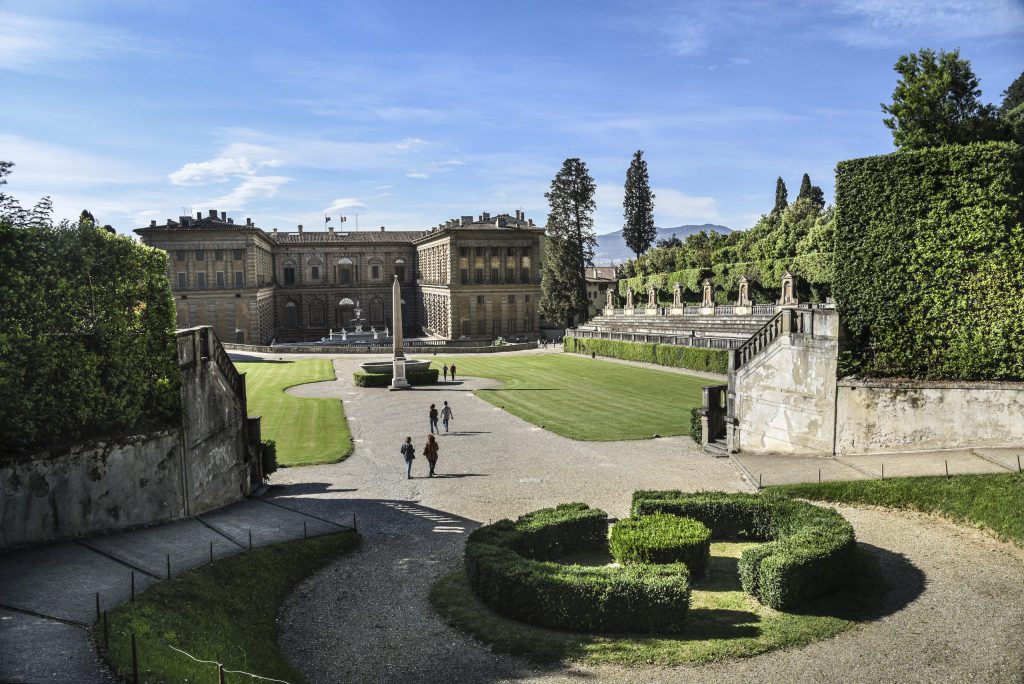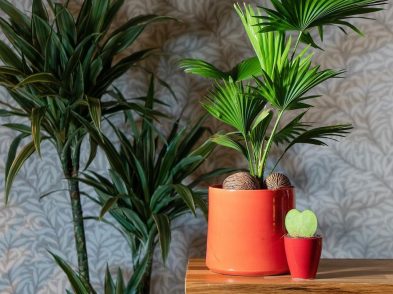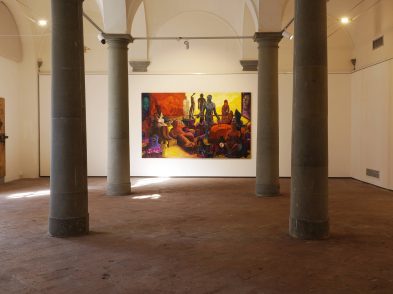As we approach spring, get inspired by Florence’s feats of horticultural art, which are just as impressive as its famous paintings.

We tend to associate Florence with impressions on canvas or in stone. Yet, often forgotten is the extent of its horticultural history and influence on traditional art. A stone’s throw from the city, the western suburb of Quaracchi is home to Giovanni Rucellai’s villa, Lo Specchio, which boasts one of the oldest “humanistic gardens” on record. The project began in the 1460s and applied new laws of perspective to harmonize the space visually with the surrounding Tuscan landscape. Florence’s departure from the agricultural purpose of the garden continued as the Medici family rose to power. Plots of land were no longer dedicated to growing ingredients for the kitchen, but rather “gardening” became an aesthetics-driven practice to pleasure the eye, providing respite and retreat through the shape, colour and fragrance of the plants.

Florence’s artistic and botanical practices have always—and continue to be—intertwined. A young Leonardo da Vinci was awake to the natural world. He spent his early years producing molti fiori ritratti al naturale (“many flowers portrayed from nature”), through which he achieved realism in his chalk and wash medium. Aside from providing scientific detail about the species on display, close botanical study was a source of infinite symbolism for painting. Look no further than Botticelli’s iconic Primavera at the Uffizi as an example of one of Florence’s favourite yet intricately complex themes: the meadow of flowers. The masterpiece’s many indigenous plant species each have a real identity, the artist balancing technical naturalism with figurative allegory.
The Florentine garden exchanges ideas with artistic precision, making space for aesthetic harmony and a sense of comfort. The city’s most famous outdoor space offers a prime example. Designed for the Medicis in the 1760s, the Boboli Gardens were intended for visually impressive celebrations, but also provided a haven for repose and contemplation. It is no wonder that Florence’s city symbol is itself a flower: the giglio fiorentino (Florentine lily). Look beyond the feats of art and architecture, and Florence becomes shrouded in, even protected by, flora and fauna. In a celebratory verse of his epic Stanze per la Giostra del Magnifico Guiliano di Piero de Medici, Angelo Poliziano writes “you well-born Laurel, under whose veil / Florence rests happily in peace / Fearing neither the wind nor the threat of the sky.” The beauty is that we too can rest happily in peace, still able to enjoy the natural wonder that Florence has to offer.








